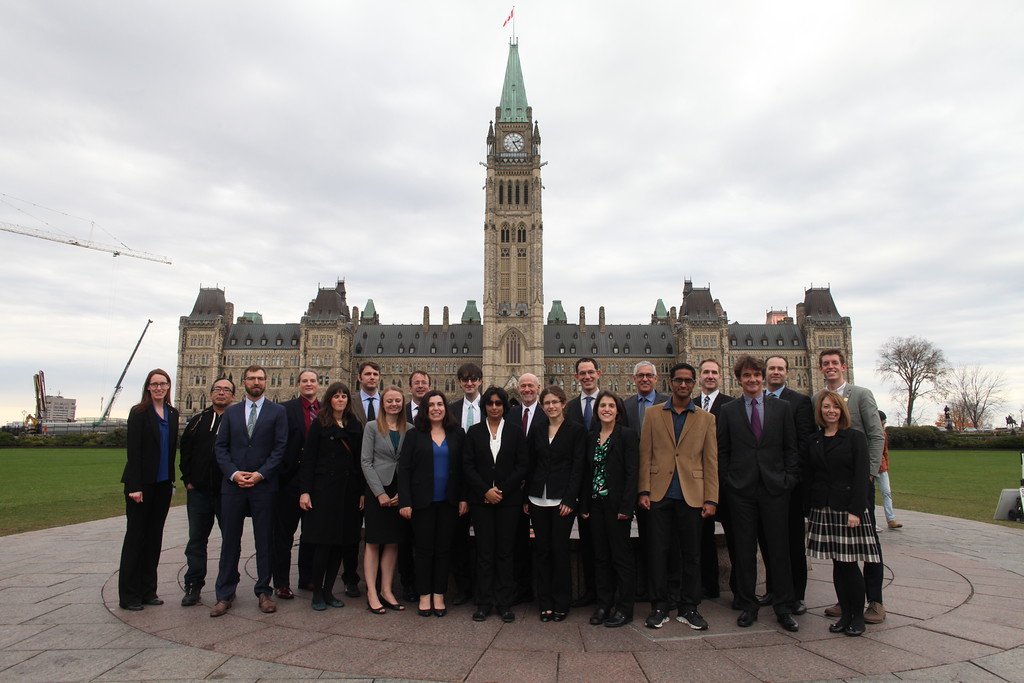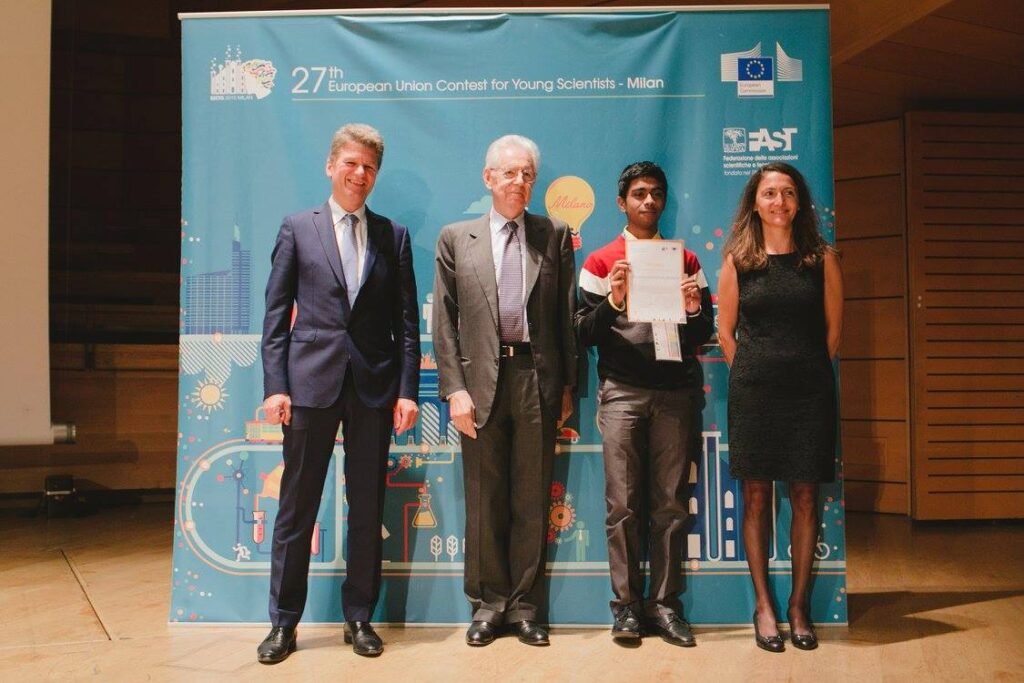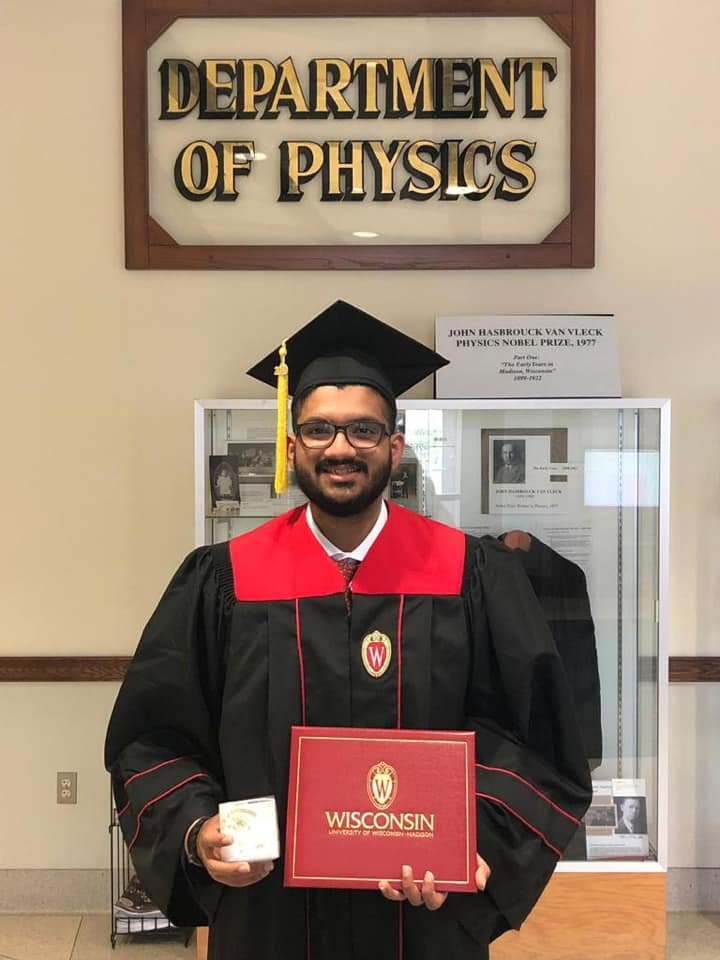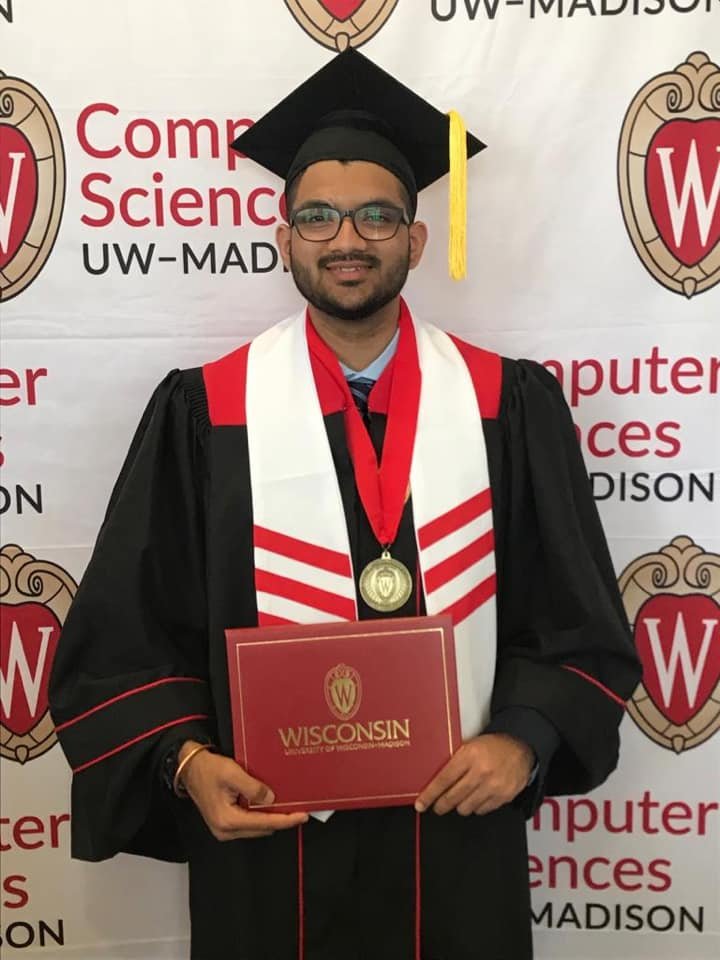


On August 6, 2018, history was being made even as a bright young medical researcher gave her prescient talk to a stunned audience comprising of the esteemed Birla Institute of Technology and Science (BITS), Pilani. The content of the talk had no doubt all the elements that justified the making of history. Except that the age of the researcher had more to do with the history being made. This researcher was hardly 15 years old! And already she was a scholar deep into research on medicine, systems thinking, complexity theory, biochemistry, mathematical philosophy, and theoretical physics to name a few.
Even as this 15 year old was sending shockwaves across the stunned audience at BITS Pilani, another 21 year old researcher was just completing his Ph. D at the prestigious Perimeter Institute of Theoretical Physics, Canada, having entered the Ph. D program directly from his 12th grade bypassing the usual requirement of the Bachelors degree.



Yet another 21 year old, a former classmate of the previous student was accomplishing a similar feat in the field of pure mathematics. Yet another 17 year old student was deeply into the frontiers of research in pure mathematics at MIT, having surpassed the usual requirements of the 11th and 12th grade altogether. Moreover, he was not only a winner of the European Union Contents Award for Young Scientists (EUCAS) but was also an Intel Semifinalist and Finalist and the Legacy Award winner figuring in the Creativity Foundation.



Another 13 year old was embarking on a similar path having completed extensive studies of Neuroscience and Cognitive Neuroscience in his 7th grade and completely working his way through Artificial Intelligence & Machine Learning starting by completing the huge 1125 page book by Russell and Norvig and was now on his way to mastering Computer Science via Python and C++. And a host of nearly 40 other students were trailblazing paths no less striking than these and no less unique as well.
And coming to the most recent times, perhaps the most spectacular accomplishment is that of the two brothers Vishwesh Krishna and Vrishab Krishna, who starting out at CFRCE from their 11th and 9th grades respectively, innovated the app Kanna and went on to win the prestigeous IRIS Grand Award and the INTEL ISEF Award and incorporating their company Kanna.ai. And to crown it all, both won admission to the Stanford University with a Likely Letter and early decision admission.


And these kinds of extraordinary accomplishments go more than a decade back to the year 2005 when CFRCE was founded and established.
Coming to the present, the question that most people who encounter CFRCE education for the first time ask is this: How have students barely in their teens accomplished so much and continuing to accomplish ever more year after year?
At CFRCE, school and college students do post-graduate and doctoral level research work. That in a word is what CFRCE is all about. But it hardly explains how such an incredible phenomenon is at work there. There is no doubt, that at CFRCE, school and college students do postgraduate and doctoral level research work. But that is an understatement for, in a very real sense, age has little to figure in the work that is being carried out at the Centre, though it is true that most of its students are children barely in their teens. Yet it is also true that among these bright young minds are to be found adults who are also learning in their midst with minds and spirits as fresh as these children. Indeed, it is not at all surprising to find many an adult learning and being mentored by a teenage student. CFRCE appears then to be endowed with a truly ageless and timeless atmosphere of learning.
What then is the secret that is being practiced at CFRCE and what the vision and purpose that inspires and animates the people there? Or is there any secret at all? May it not be that they have simply tapped on to an open secret that has escaped unnoticed by a world that is too preoccupied in being busy rather than productive? These are the questions that many a person visiting the Centre is found asking again and again.




If you happen to visit the physical space of CFRCE (for of course, CFRCE is in reality a global online community with its members spread all across the world), the Centre for Fundamental Research and Creative Education, Bangalore, India, the springboard where school and college students do postgraduate and doctoral level research or the platform for self-actualisation where bright young mids pursue subjects and domains of their interest and passion as their highest calling, you may form your first impressions right from the entrance to the ground floor of the campus building. There, at the beginning of the stairway you may be surprised to b greeted by a quotation on the wall: “An Unexamined Life is not Worth Living,” by Socrates. You then follow the directions on the stairway and would be further surprised by the whiteboards lining the walls of the stairway. For, you find these whiteboards filled with writing and equations and diagrams and symbols and graphs. As you are wondering whether the people here are so crazy as to take classes on the stairway, you encounter students scribbling furiously on one of such whiteboards. On closer look you find that the writing and the equations don’t resemble anything from the school or college textbooks or even university level books. They are right out of technical monographs or peer reviewed research papers. Somewhat taken aback, you pause in your tracks and watch a little. You now look at the students a little more closely. And then at the whiteboard and then back again at the students. Something does not match. Somehow, the writing and equations on the whiteboard appear far beyond the level of the age of the students. For, surely, these students are mere kids, not more than in their seventh, eighth, ninth or tenth grades. And the writings and equations, are on closer look are of frontier level research in theoretical physics, to be precise, on the most abstruse branches of contemporary physics, -quantum gravity, string theory and cosmology. How are these kids working on such topics? How could they even understand such things?
You wait, apparently reassured by the fact that these kids are so lost in their discussion that they don’t notice anybody passing through the stairway. You overhear their conversation a little.
Kid1: This Action is not actually complete. If you vary it, it gives rise to terms that don’t vanish in an asymptotically flat spacetime.
Kid 2: So you add an extra term to the original Action?
Kid 1: Yes, a boundary term that when varied, cancels the variation arising from the original Action.
Kid 2: But by doing this you not only take care of that but get another advantage?
Kid 1: Yes, because you can choose the boundary term to be a topological term.
Kid 2: What happens then?
Kid 1: The entire Action then becomes self-dual but of course it makes sense only of you can take the action to be complex.
Kid 2: Oh, the spacetime becomes complex then?
Kid 1: No, not really. The spacetime remains real but is only represented by a complex Action. By imposing reality conditions you take care of that. But in Twistor theory, on the other hand, the spacetime itself could be complex. Here that is not so.
Kid 3: This is what gives the polynomial nature of the Hamiltonian and can therefore be quantised by complying with the Gronheld-von-Hove No-Go theorem. It eliminates the obstruction to quantisation.
Kid 2: Can you tell me a good reference on the No-Go theorem?
Kid 1: Of course, you can read Domnico Giulini’s paper, “That Strange Procedure Called Quantization,”.
You are now a bit dazed and climb up the stairs passing the kids by. Now nearly at the entrance to the second floor you stop frozen in your tracks. Two other kids are at another whiteboard. But what has been written on the whiteboard is something out of the ordinary. It is filled with writing on modern genetics. By now you enter the second floor and are ushered into the waiting room as you still have half an hour before your meeting with the Director. You decide to look around the mentoring spaces rather than have to wait. Anticipating your intention one of the faculty invites you to step in the first mentoring space. You enter an elegantly designed serene bright area in which specially designed learning tables are set suffused by bright colours. You pause at the first table you encounter. A student is at work on a subject. You hover near and peep. What you see takes your breath away. The student is apparently in the 8th or 9th grade and is immersed in a university level book on biochemistry. Her notebook is filled with chemical equations and writing. Next to the book is a research paper. You take a closer glance knowing well that the student is so immersed in her work as to be completely oblivious of your presence. You read the title, “Micromolecular motors and pathways to stem cell growth.” Seeing your astonishment one of the faculty takes you aside.
“Which grade is that student in?” You ask.
“In her 9th grade.” The faculty member replies.
“How is she working on such a high level topic?”
“Oh, that is not surprising,” the faculty member replies. “She came to CFRCE in her 7th grade. She joined the Accelerated Learner’s program. Within a few days we realised that she had tremendous passion for the medical sciences. And above all, she now has the intellectual and emotional maturity to pursue topics like gynaecology, obstetrics, trauma, and emergency medicine. After completing the equivalent of a theoretical MBBS studies. She is now into research. She is most likely to get admission to the Harvard Medical School directly after her 12th grade.”
“Is that really possible?”
“Why not? Here at CFRCE, it is not only possible but very natural.”
Yes, very natural. And it ought to be for every child, student and individual. And it would be so but for the fact that most educational systems bungle up badly in practice though all fine in theory. As a result, most educational systems subvert learning at its core. This would appear a rather strong statement. So instead of pointing out what is wrong with educational practice, it is wiser to simply state what has been possible in practice at CFRCE and support it by actual facts as evidenced by the students who have got forth into the world after experiencing the CFRCE education. That is why, hardly anything of the CFRCE student accomplishments are overtly publicized but mostly through word-of-mouth by those with actual experience of the immense possibilities that lie hidden in every child and individual. So also, admission to the CFRCE programs is restricted only to those coming with references from other parents/students or recommmendations from teachers or counselors. For, to do otherwise would hinder not only the learning of the students but also the deep work that CFRCE is engaged, solely in self-actualizing bright young minds with a higher purpose of making the world a better place.
And the revolution is going on in full swing…
